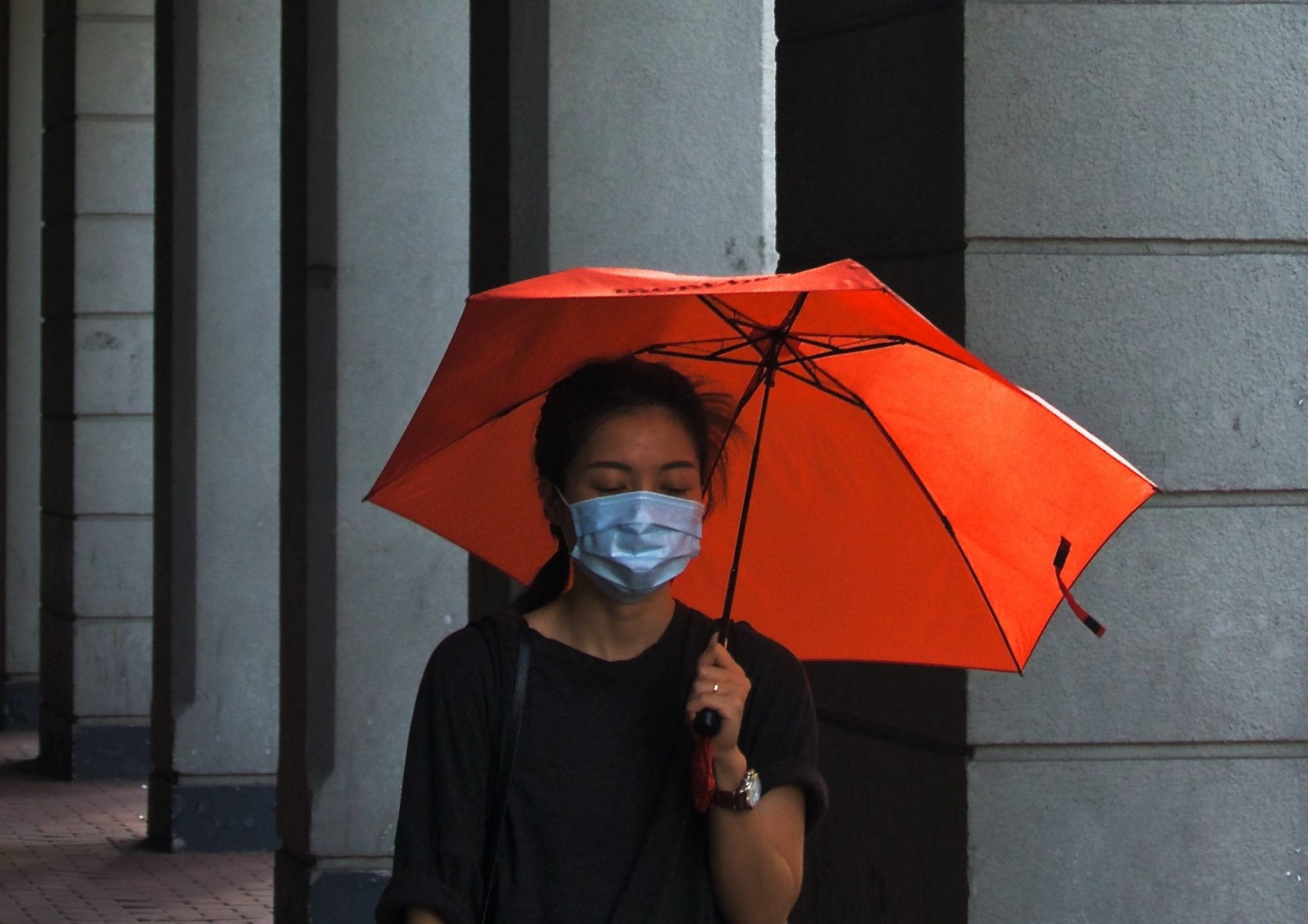No matter what news channel you watch, news station you listen to, or paper you read, coverage of the coronavirus is impossible to avoid. The virus’s speed and breadth are causing many countries and their citizens to prepare for the worst.
Scientifically referred to as 2019-nCoV, the World Health Organization(WHO) categorized the outbreak as high risk. And with good reason, reports of the virus began late last week, and already the virus has claimed the lives of 104 individuals. For information on the history of the virus, its current state, and how to prevent its spread, continue reading below.
History of the Coronavirus
The coronavirus is a pathogen that linked to both humans and animals. Early cases found chickens as their host.
While cases of the coronavirus trackback as early as the 1930s, the first large scale outbreak occurred in 2003. SARS, as it was called, claimed the lives of 774 individuals. Another strain showed up in Saudi Arabia in 2012. Then called Middle East respiratory syndrome (MERS), it spread to other countries, leading to the deaths of 858 individuals. Since 2015, the coronavirus has been dormant, that is until now.
Coronavirus Symptoms
Symptoms of the coronavirus and not different than that of the common cold and pneumonia. It is thought that the coronavirus is connected to a majority of common colds in humans.
Symptoms follow a pattern which includes:
-
-
- Headache
- Running nose
- Fever
- Dry cough
- Labored breathing
-
Kits to test for the coronavirus are available; however, shortages are occurring in many areas of the world.
Current Threat
The first cases of the coronavirus this year can be traced back to China. At present, the country’s death toll is pushing past 100. For reference, just one day before, the death toll was at 80. Due to the quick spreading nature of this virus, certain cities are in lockdown. These lockdowns include limited access to the cities but also within them as public transportation is being shut down.
It may be too late for such actions as cases of the coronavirus are in other countries. Countries with confirmed cases include Australia, Cambodia, Canada, France, Germany, Hong Kong, Japan, Nepal Singapore, South Korea, Taiwan, Thailand, the United States, and Vietnam.
While the coronavirus is causing a panic, there is another, more common virus that has already killed more than 6,600 people this year in the U.S. alone. The culprit? Influenza. In years past, the annual death rate has been in the tens of thousands. Like the coronavirus, individuals with weakened immune systems and the elderly or young are at a higher risk of dying if faced with one of these viruses.
Prevention Methods
At present, there is no treatment available for the 2019-nCoV, as such prevention should be stressed to stop the death toll from rising. This is extremely concerning as individuals with the virus can pass it to others before they show signs of having it.
WHO recommends that individuals do the following to lower their chances of contracting 2019-nCoV and spreading it:
-
-
- Wash hands with soap and warm water frequently
- Cover yourself when sneezing or coughing
- Avoid sharing food and beverages with individuals
- Avoid contact with those who have symptoms of the virus
-
To further protect against the coronavirus, many people are covering their faces with surgical masks. Stocks of these products are selling out in both China and the U.S.
Health officials are warning; however, that masks hitting the market to fill this new demand may not be of quality, doing little or nothing to protect their wearers. If you are planning to purchase a mask, be sure to checkbox labels and item descriptions to ensure that it really will keep you safe.
Do stories about diseases like the coronavirus interest you? If so, the medical specialty of infectious diseases could be an excellent fit for you!
Create an account with AMO today to explore our clinical experiences in infectious disease!







Leave A Comment